This $30 attachment is the best PlayStation accessory ever — and we need a PS5 version
There may never be another accessory that's as useful as this one

Following the release of the PS5 Slim and with the PS5 Pro supposedly right around the corner, the PS5 is showing no signs of slowing down. However, there’s one last-gen accessory that Sony’s latest and greatest console is still missing.
Among the best PS5 accessories, there’s everything from a dedicated webcam for the console to the PSVR2 and the PlayStation Portal for a seamless remote play experience. PlayStation even has its own equivalent of the Xbox Adaptive Controller in the form of Sony’s new Access controller.
Sony has also released its own, first-party pro controller with the DualSense Edge. However, while the company’s $200 premium controller gives you two back paddles, Microsoft’s Elite Series 2 and Elite Series 2 Core controllers come with four and the latter seriously undercuts the DualSense Edge when it comes to price.
Going into this console generation, I really didn’t think this would be the case as Sony had figured out a way to add two back paddles to the standard DualShock 4 controller for just $30. Now that the PS5’s four-year anniversary is almost here, I wish the company would do something similar for its DualSense controller.
Here’s why a similar back paddle accessory would be the perfect accessory for the PS5 even though it might not even be possible thanks to the changes Sony made when it switched from the DualShock to the DualSense.
A simple yet elegant solution
If you don’t remember the DualShock 4 Back Button Attachment ($30, Amazon), I wouldn’t blame you. It was a niche device that was released just 10 months before the launch of the PS5. At the same time, it didn’t help that Sony didn’t make many of them to begin with and they were constantly sold out at launch. Still, this accessory let you do more with the PlayStation controller you already had at the fraction of the cost of a third-party pro controller.
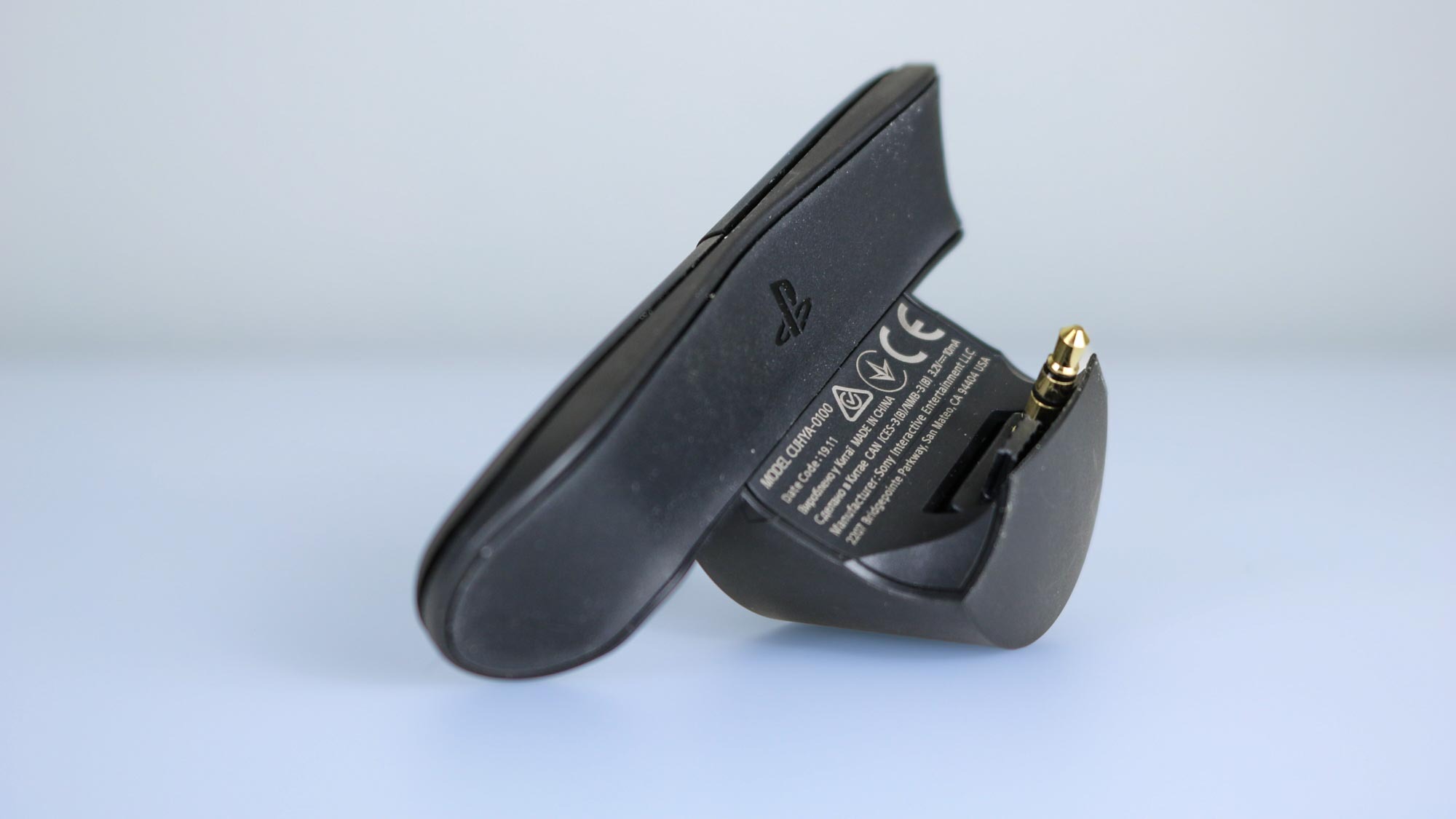
The DualShock 4 Back Button Attachment features a clever design that uses both the DualShock 4’s 3.5mm audio jack as well as its Ext port. All of your button presses on its paddles are relayed to the controller using the Ext port while the headphone jack serves as an extender since you can plug in wired headphones with this accessory attached to your controller.
Get instant access to breaking news, the hottest reviews, great deals and helpful tips.
Even though it was an inexpensive accessory, the DualShock 4 Back Button Attachment is able to do something that many pro controllers can’t do today. By pressing on its circular LED screen, you can remap either back paddle on the fly. Both the Elite Series 2 and the DualSense Edge can’t do this and instead, you have to open an app or the settings menu on their respective consoles to remap their back paddles.
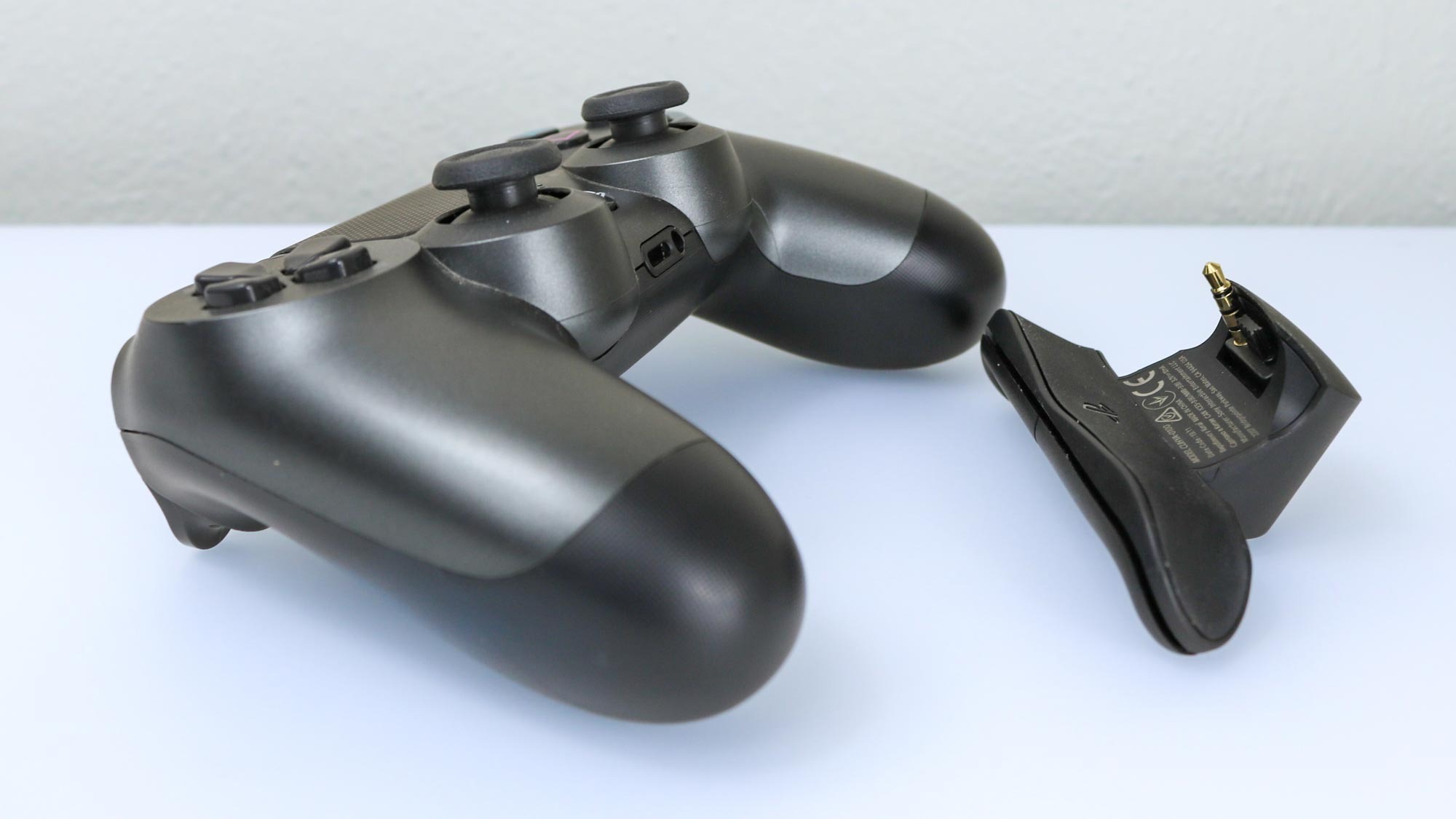
The DualShock 4 Back Button Attachment wasn't without its faults. The accessory was a bit tricky to install and once you had it on your controller, many people just recommended leaving it that way. Holding it in my hands now though, I’m reminded of just how good it feels. While it is an add-on after all, it really gave you the impression that it was always supposed to be there.
When the PS5 and even the Xbox Series X were both revealed, I really thought that one set of back paddles would be the standard for this console generation. Microsoft’s Elite controller has four paddles so having two on the standard gamepad wouldn’t be that much of a stretch while Sony had shown that it could do back paddles well and inexpensively at that.
My dreams of standardized back paddles were dashed even further with the release of the DualSense Edge at the beginning of last year.
Not the Edge I wanted
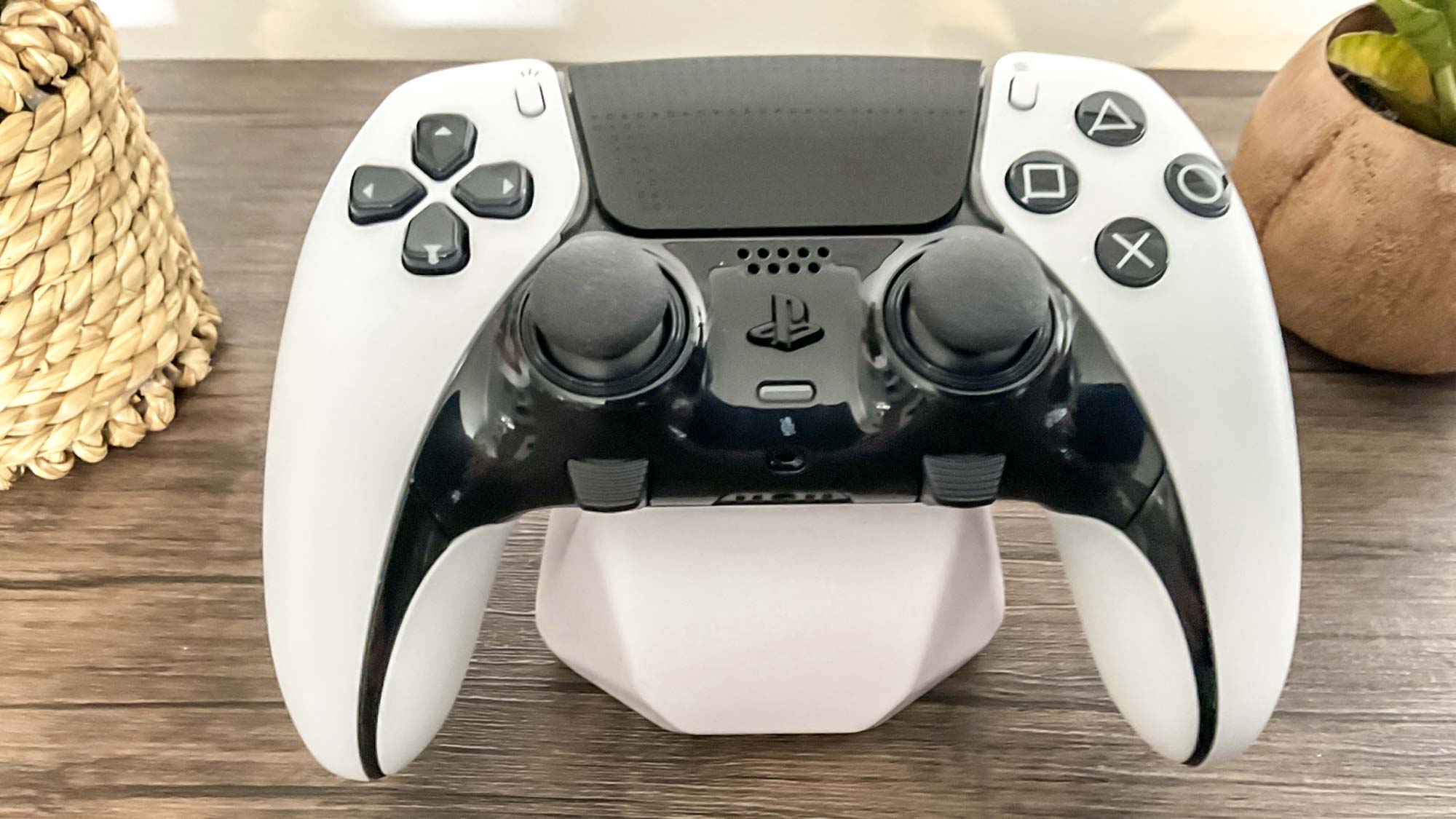
Now don’t get me wrong, the DualSense Edge is a gorgeous controller and I’m glad Sony went ahead and made it. However, as someone who experiences thumb pain from years of gaming and typing, I really think that a true ‘pro’ controller ought to have four instead of just two back paddles. Heck, even budget controllers from PowerA and PDP for less than $50 now come with two back buttons as standard. Plus, you can quickly and easily remap them on the fly.
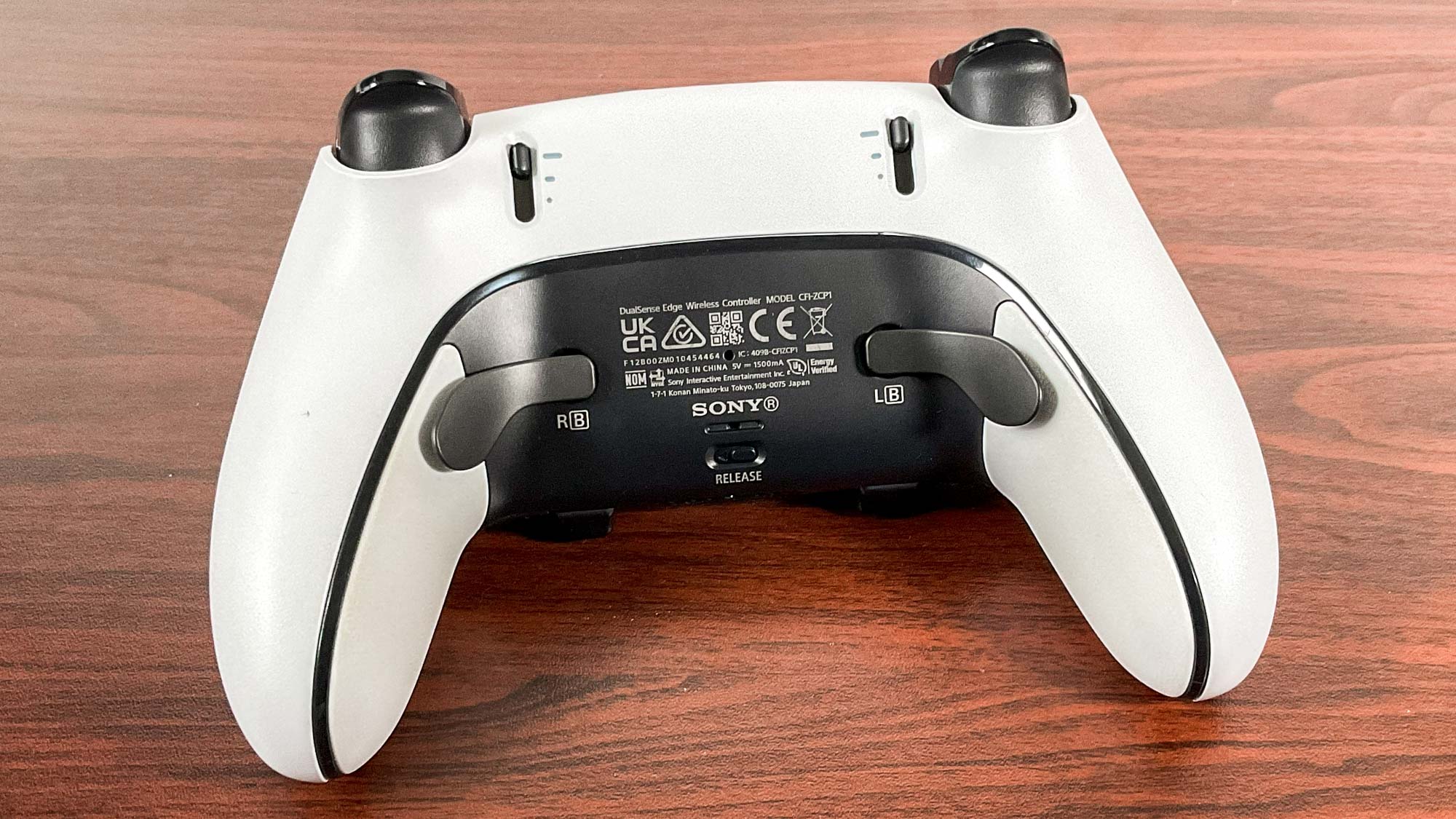
I will give Sony credit by including two different styles of back paddles with the DualSense Edge. You have the longer ones seen here that are similar to Microsoft’s as well as a pair of shorter ones that are more difficult to accidentally press. However, if these two back paddles were moved down just a smidge, there’d be more than enough room for a second set above them.
What I like about having four instead of two back paddles or buttons is that you can map them to all of your controller’s face buttons. This way, you don’t have to take your thumbs off the analog sticks while playing and you still have an easy way to use every button on your controller.
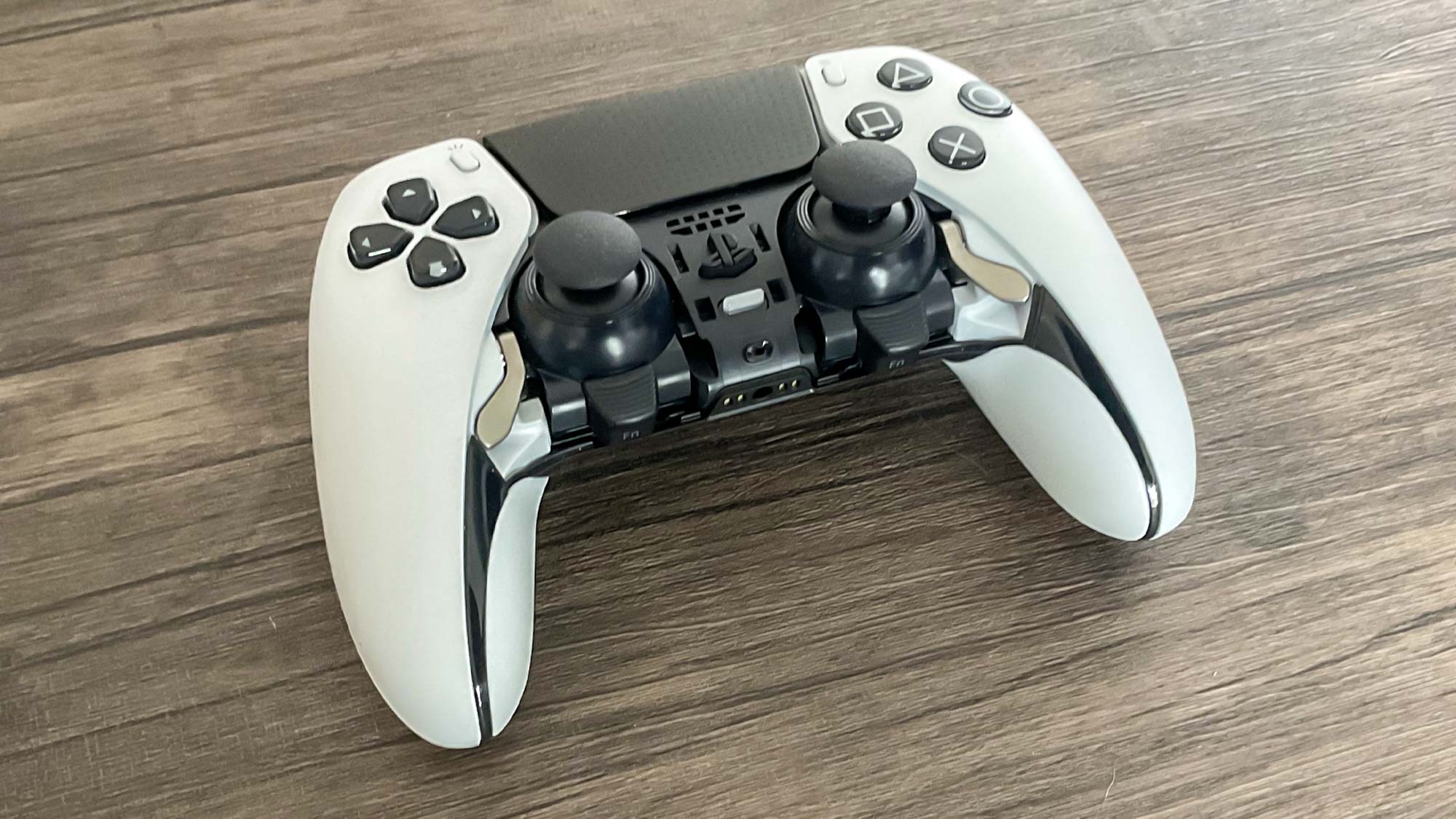
The DualSense Edge does have a leg up on the Elite Series 2 when it comes to its thumbsticks. As stick drift can and will happen with potentiometer thumb sticks, Sony made the ones on its pro controller removable and you can buy new ones for $20 a pop to replace your old ones. Hall Effect sensors would have been the better choice but at least the thumbsticks on the DualSense Edge are replaceable. Sony could easily make a killing by releasing Hall Effect Stick Modules for the DualSense Edge though.
More choice but less immersion
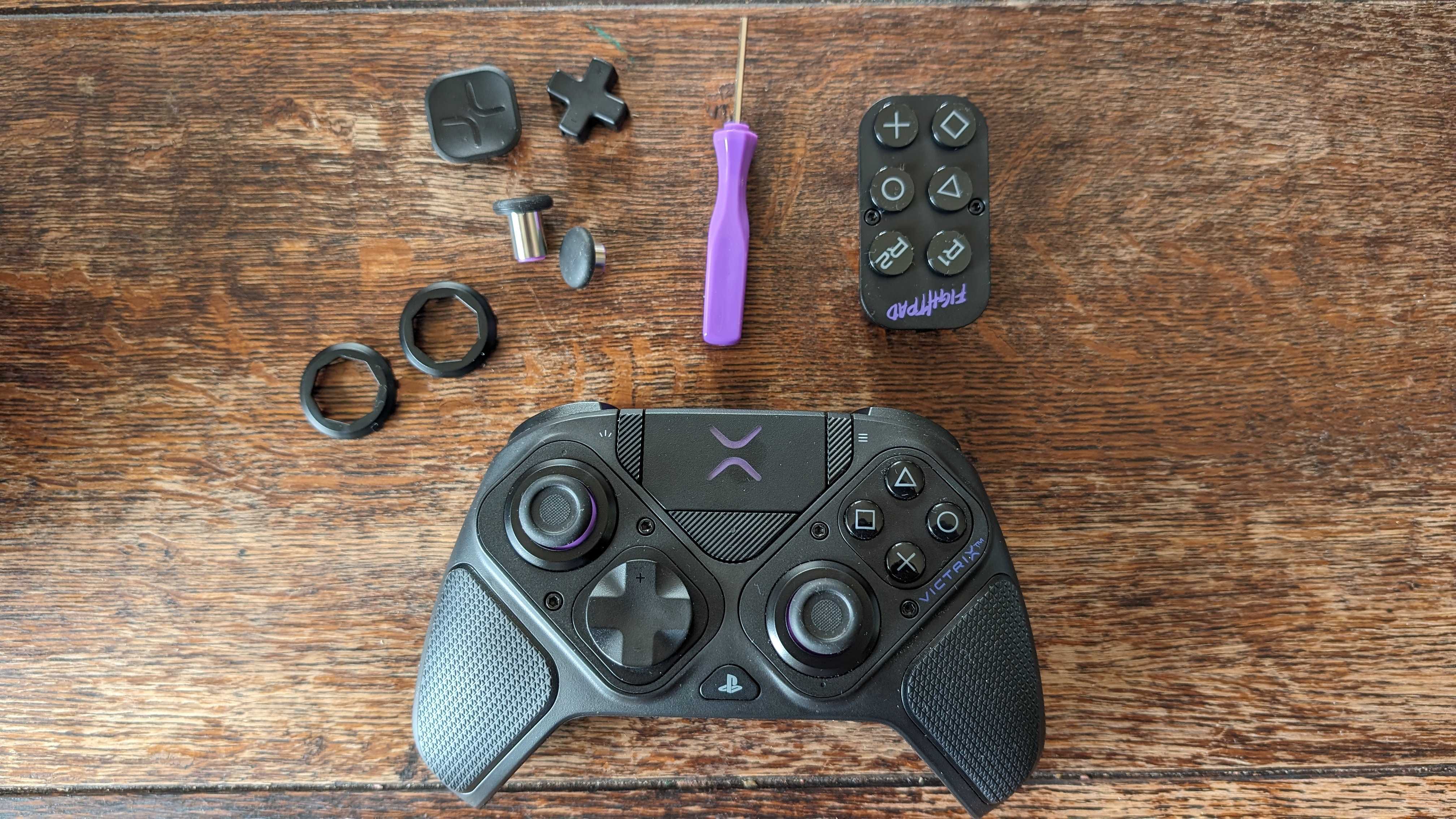
So what are you to do if you want four back paddles instead of two on your PS5 controller? Well your only choice is to get a 3rd-party pro controller like the PDP Victrix Pro BFG, the Razer Wolverine V2 Pro or the Nacon Revolution 5 Pro. All three of these controllers are perfect for those who prefer staggered analog sticks instead of the symmetrical ones found on Sony’s stock PS5 controllers. However, the PDP Victrix Pro BFG will do you one better as it's a modular controller that lets you switch between both thumbstick layouts and it even comes with a module that makes it more closely resemble one of the best fight sticks, albeit in controller form.

Four back paddles or buttons may be the sweet spot when it comes to pro controllers but the Razer Wolverine V2 Pro actually has six. Four, paddle-style buttons can be found in the center at the back of the controller while there are two extra programmable buttons at the top in between its bumpers and triggers. If you’ve tried out the Razer Kishi V2 with your smartphone, you’ll be immediately familiar with the placement of these two extra buttons.
If you do decide to go off the beaten path when picking up a new controller for your PS5, there’s one caveat to all of these 3rd-party controllers: you’re missing out on some of the best features of Sony’s latest console. For instance, the Wolverine V2 Pro doesn’t have haptics, a built-in speaker or a microphone while the the Victrix Pro BFG lacks a microphone button and can’t wake up your PS5. Then there’s Sony’s proprietary adaptive triggers and you won’t find this tech on any 3rd-party PS5 controller.
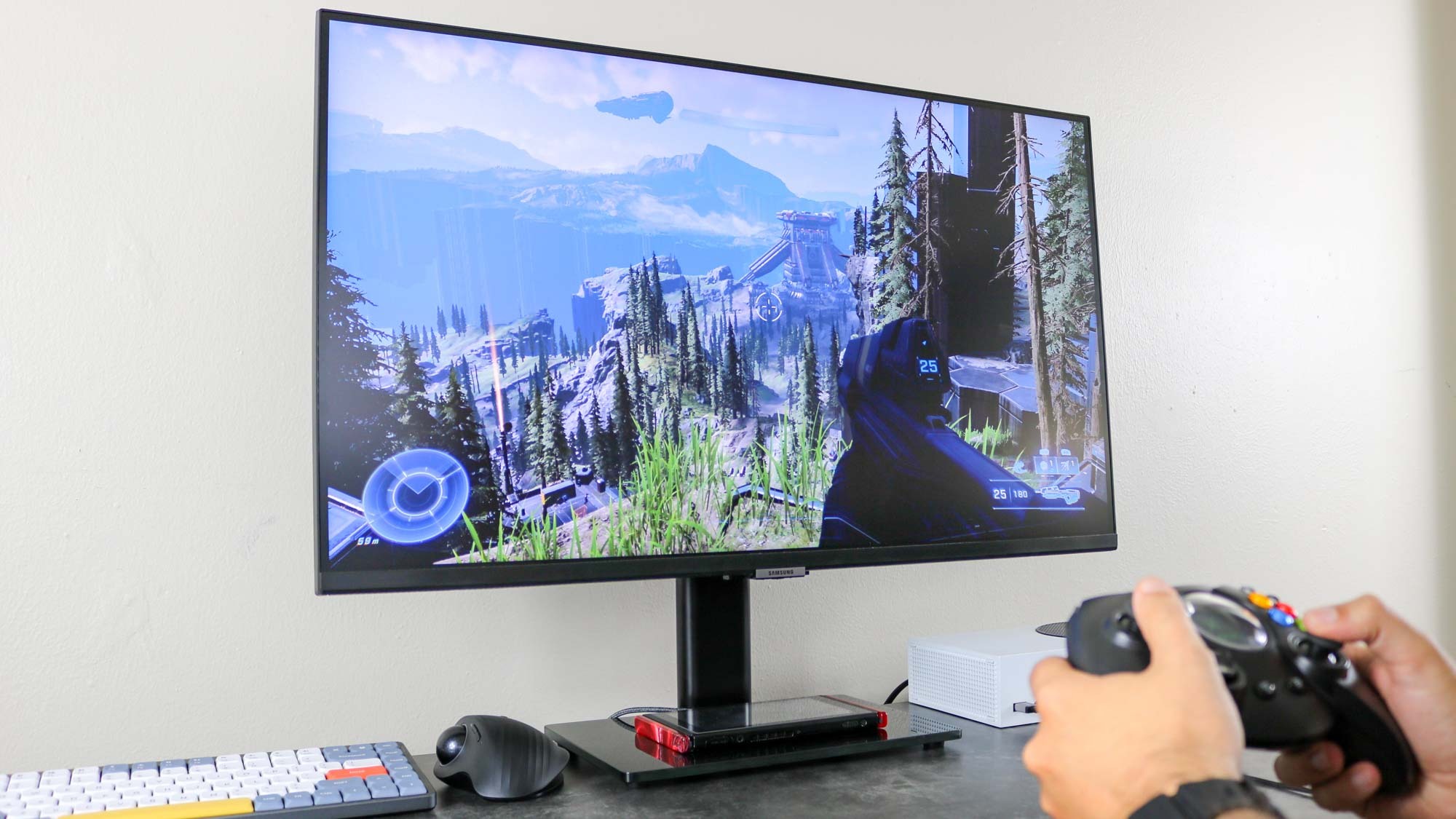
Even though Microsoft isn’t currently winning this generation’s console war, it did do one thing right with the Xbox Series X and the Xbox Series S. You can use older Xbox One controllers and loads of 3rd-party ones with its Xbox Series systems. With the PS5, you can only use a DualShock 4 controller to play PS4 games. I’d understand if this limitation only applied to the best PS5 games made by Sony itself but for games released on both consoles, it would make sense if you could still use your older gamepads.
Sustainability is something all big tech companies are focused on right now and what better way to be kind to the Earth than by letting PS5 players use their old controllers instead of forcing them to toss them for brand new ones right?
There's always the PS6
After waiting for the PS5 Slim since I didn’t like the look of the original PS5, I’m now back to playing the waiting game once again as I don’t want to buy a standard PS5 and then immediately regret my decision once the PS5 Pro is officially unveiled. As such, I really haven’t had much hands-on time with the PS5 besides playing it for a few minutes here and there at friends’ houses.
I did do a bit of digging into the differences between the DualShock 4 and the DualSense when thinking about this piece though. Much to my dismay, in doing so I realized that the PS5 controller doesn’t have an Ext port next to its audio jack. Instead, there are only gold contact points to charge the controller wirelessly. This means that creating an accessory like the DualShock 4 Back Button Attachment for the PS5 might not even be possible with the standard DualSense controller.
Sony could get around this by using Bluetooth like the handful of attachable chatpad accessories for the DualSense do. However, this would be a stark contrast to what made the DualShock 4 Back Button Attachment so great in the first place as it just worked seamlessly without the need for configuration or even pairing.
Who knows, maybe when Sony does release the PS5 Pro, it will ship with a DualSense Edge instead of the standard DualSense. Though this would jack up what’s likely to already be an expensive console even further. There are mod kits available online that let you add back paddles to a regular DualSense controller but after reshelling joy-cons with the Nintendo Switch, I’m a bit traumatized when it comes to taking apart and reassembling controllers.
I’m going to be keeping a close eye on the PS5 Pro and will likely pick one up to play Final Fantasy 7 Rebirth and those sweet PlayStation exclusives. However, I hope standardized back paddles and not just better graphics are something Sony considers when designing the PS6. Even if that doesn’t happen with the company’s next console, we could get four back paddles on a first-party Sony controller with a potential DualSense Edge+ though.
More from Tom's Guide
- Developer reportedly claims we don’t need a PS5 Pro — why they’re wrong
- PS5 vs PS5 Pro — biggest rumored upgrades
- PlayStation Spring sale gets a second wave with more great PS5 games

Anthony Spadafora is the managing editor for security and home office furniture at Tom’s Guide where he covers everything from data breaches to password managers and the best way to cover your whole home or business with Wi-Fi. He also reviews standing desks, office chairs and other home office accessories with a penchant for building desk setups. Before joining the team, Anthony wrote for ITProPortal while living in Korea and later for TechRadar Pro after moving back to the US. Based in Houston, Texas, when he’s not writing Anthony can be found tinkering with PCs and game consoles, managing cables and upgrading his smart home.
